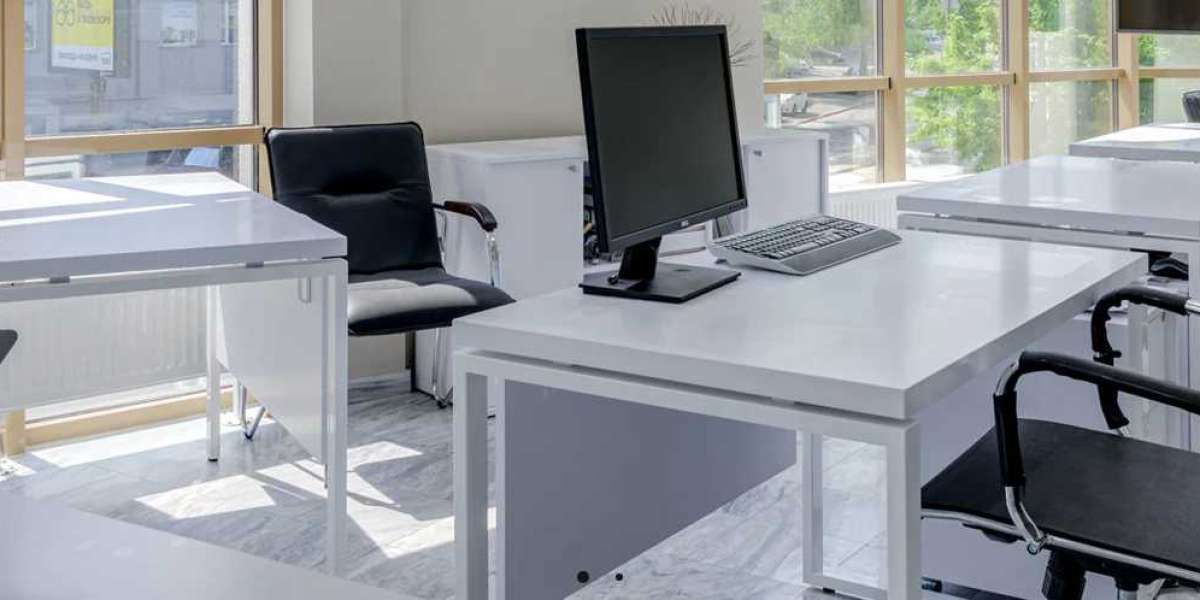Promoting employee health and well-being has become a top priority for organizations, and office furniture plays a crucial role in achieving this goal. Here's how to design health-conscious office furniture:
Ergonomic Seating: Start by prioritizing ergonomic seating solutions that provide proper support and promote good posture. Adjustable chairs with lumbar support, seat depth adjustment, and armrests help prevent discomfort and reduce the risk of musculoskeletal issues.
Height-Adjustable Desks: Incorporate height-adjustable desks that allow users to alternate between sitting and standing positions throughout the day. This promotes movement, improves circulation, and reduces the negative health effects associated with prolonged sitting.
Active Seating Options: Introduce active seating options such as balance balls, kneeling chairs, or saddle stools that engage core muscles and encourage dynamic sitting. These alternatives to traditional chairs promote active sitting, improve posture, and reduce back pain.
Built-in Movement Features: Consider integrating movement features into office furniture, such as built-in footrests, swivel bases, or rocking mechanisms. These subtle movements encourage users to shift positions regularly, improving blood flow and reducing stiffness.
Adjustable Work Surfaces: Offer adjustable work surfaces that accommodate different workstyles and preferences. Sit-stand desks with customizable height settings empower employees to find their ideal ergonomic position for optimal comfort and productivity.
Built-in Wellness Technology: Explore incorporating wellness technology into office furniture, such as posture sensors, activity trackers, or reminder systems that promote healthy habits throughout the workday. These integrated features provide real-time feedback and encourage users to adopt healthier behaviours.
Natural Materials and Finishes: Choose office furniture made from natural, non-toxic materials such as sustainably sourced wood, bamboo, or recycled metals. Avoiding harmful chemicals and off-gassing materials contributes to better indoor air quality and reduces exposure to toxins.
Biophilic Design Elements: Integrate biophilic design elements into office furniture, such as organic shapes, natural textures, or living planters. These elements evoke a connection to nature, reduce stress, and promote well-being among employees.
Sound Absorption Properties: Select office furniture with sound-absorbing properties to minimize noise levels and create a quieter, more conducive work environment. Acoustic panels, upholstered surfaces, and sound-dampening materials help reduce distractions and improve focus.
Customizable Options: Offer customizable office furniture options that allow users to personalize their workspace to meet their specific needs and preferences. From adjustable armrests to customizable upholstery colours, providing choice empowers employees to create a workspace that supports their well-being.
By incorporating these health-conscious design principles into office furniture, organizations can create workspaces that prioritize employee health, comfort, and productivity. From ergonomic seating and height-adjustable desks to biophilic elements and customizable options, health-conscious office furniture contributes to a positive work environment and supports the well-being of employees.



